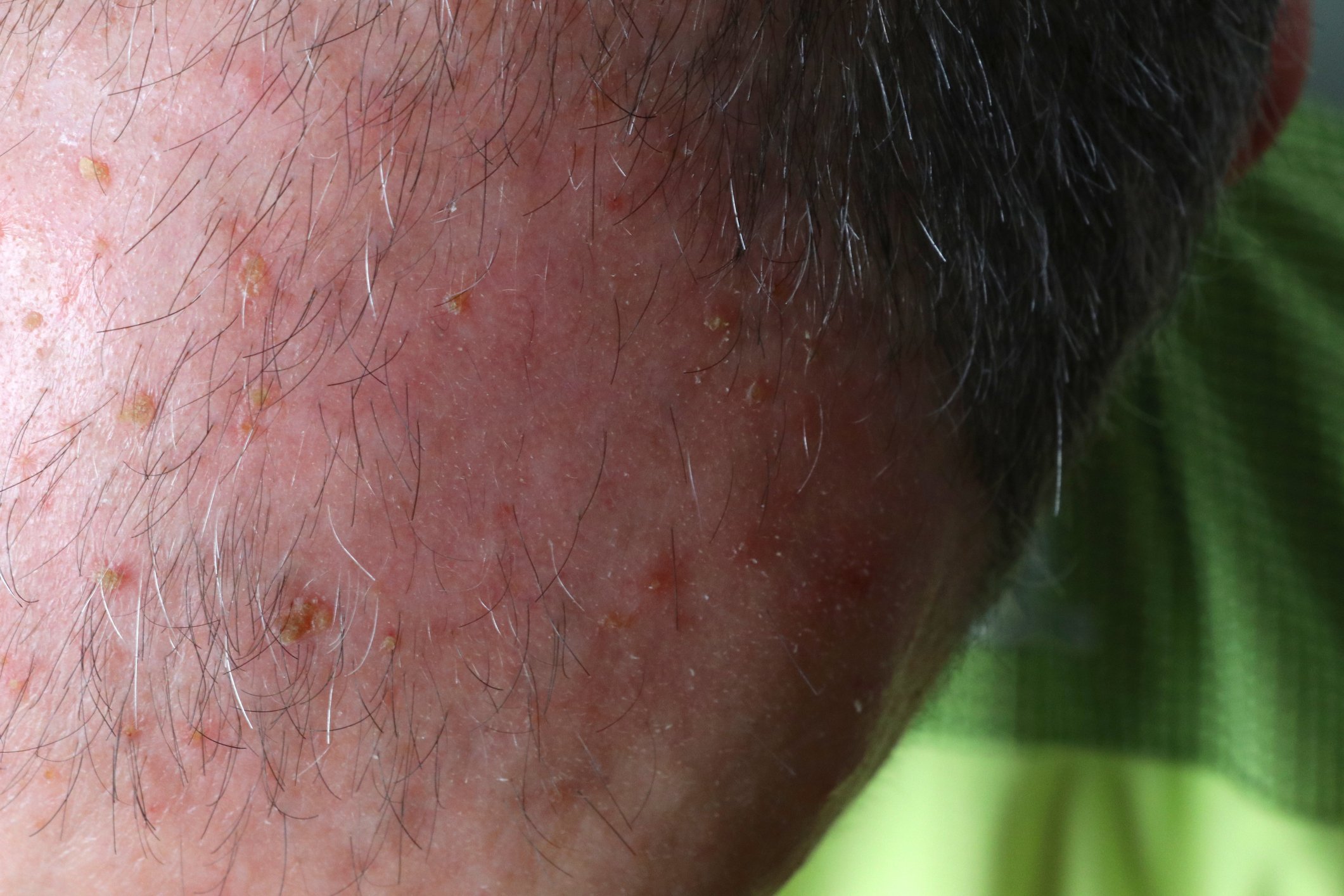The disease was first described in 1945 by the US physician David Glendering Cogan. The physician noticed a clear hearing loss in combination with keratitis. The exact causes are unclear, but it is thought to be an inflammation of the blood vessels in the ear or eye caused by autoimmune processes. Some patients also have neurological and systemic symptoms.
The prevalence of Cogan syndrome (CS) is not known, with approximately 380 cases described to date [1,2]. According to previous observations, CS mainly affects young adults, with a median onset between 20 and 30 years of age. There does not appear to be a gender gradient. Occasionally, children are also affected. The syndrome shows a wide spectrum of clinical features. In the Chapel-Hill nomenclature, Cogan syndrome and Behçet syndrome together form the group of vasculitides of variable vessels (Table 1) [3]. The prognosis of CS is mainly related to the risk of permanent hearing impairment and cardiovascular complications, especially aortic insufficiency. Severe internal organ involvement and deaths associated with cardiovascular complications are rare [1].
Ocular and audio-vestibular core symptoms
Typical CS manifestations include non-syphilitic interstitial keratitis and cochleovestibular symptoms with unilateral or bilateral sensorineural hearing loss, dizziness and tinnitus [1]. In addition to interstitial keratitis, episcleritis, scleritis, chorioiditis, panuveitis and retinal vasculitis can also occur in the eye [2]. In addition to the symptoms already mentioned, other typical audiovestibular manifestations include ataxia and oscillopsia. The interval between the onset of ocular and audio-vestibular involvement is usually less than 2 years. Sensorineural hearing loss has been reported in 30-50% of patients [4]. Vascular manifestations include aortitis, aneurysms of the aorta or other large arteries, coronary angiitis, mesenteric vasculitis or thrombosis, and glomerulonephritis. In addition, neurological symptoms such as ischemia (apoplexy), sinus vein thrombosis, intracranial aneurysms, encephalitis, meningoencephalitis, brain stem dysfunction, optic neuropathy, or myelitis transversa may occur. In a larger cohort, CNS involvement was found in 51% of cases [4]. Systemic symptoms such as fever, night sweats, decreased performance, weight loss, lymphadenopathy, arthralgias and myalgias were documented in around half of all CS cases and are thought to be caused by vasculitis of the large and medium-sized vessels [2,5].
Immunosuppressive treatment with short-term steroid therapy
Topical glucocorticoids in conjunction with cycloplegics can be used to treat isolated mild ocular involvement, while systemic corticosteroids should be considered for more severe ocular involvement, hearing loss and systemic manifestations [1]. Treatment with high doses of systemic corticosteroids (1-1.5 mg/kg prednisone daily) is intended to prevent deafness, with a positive response usually occurring within 2-3 weeks. However, corticosteroids have been shown to be of only short-term benefit and carry the risk of serious side effects. Therefore, second-line treatment with immunosuppressants should be considered in patients with refractory or steroid-dependent disease [1]. Due to the rarity of CS, there are only a few treatment studies. The largest case series was published in 2017 by Durtette et al. published in 2017 [6]. It mentions either cyclophosphamide or high-dose infliximab as treatment options for inducing remission. Cochlear implantation is a valuable emergency surgical strategy in cases of severe sensorineural hearing loss that does not respond to intensive immunosuppressive therapies [1].
Remission induction: Infliximab performed best in cohort study
The data from the cohort study conducted in France by Durtette et al. indicate that infliximab is superior to cyclophosphamide in terms of preserving audiovestibular function [6]. Durtette et al. included 62 patients, 31 of whom were women. The average age of the study participants was 37 years (range: 2-76 years). At the time of diagnosis, 98% (n=61) had audio-vestibular symptoms. Of these, 41% had bilateral hearing loss and 31% were deaf. Ocular symptoms were present in 92% (n=57), with interstitial keratitis in 51% (n=31). First-line treatment consisted of steroid monotherapy (n=43) or steroids in combination with other immunosuppressants (n=18). Overall, 13 of 43 patients and 4 of 18 patients on steroid monotherapy or with concomitant immunosuppressants showed an audio-vestibular response, 32/39 and 15/19 an ocular response and 23/28 and 10/14 a general treatment response. In terms of remission induction, infliximab was significantly more likely to induce an audio-vestibular response than other systemic immunosuppressants or steroid monotherapy (80% versus 39% and 35%, respectively), while ocular symptom response rates and acute phase response were similar. Infliximab was found to be the only significant predictor of audio-vestibular improvement in this study (odds ratio 20.7 [95% confidence interval 1.65; 260], p=0.019). Infliximab is a selective immunosuppressive and anti-inflammatory agent from the group of TNF-alpha inhibitors.
Literature:
- orphanet, www.orpha.net/de/disease/detail/1467,(last accessed 27.06.2024).
- Kötter I: Behçet’s and Cogan’s syndrome [Behçet’s and Cogan’s syndromes – The Variable Vessel Vasculitides]. Laryngorhinootology 2024; 103(2): 113-119.
- Jennette JC: Overview of the 2012 revised International Chapel Hill Consensus Conference nomenclature of vasculitides. Clin Exp Nephrol 2013; 17(5): 603-606.
- Antonios N, Silliman S: Cogan syndrome: an analysis of reported neurological manifestations. Neurologist 2012; 18: 55-63.
- Kessel A, Vadasz Z, Toubi E : Cogan syndrome – pathogenesis, clinical variants and treatment approaches. Autoimmun Rev 2014; 13: 351-354.
- Durtette C, et al: Cogan syndrome: Characteristics, outcome and treatment in a French nationwide retrospective study and literature review. Autoimmun Rev 2017; 16: 1219-1223.
- Mekinian A, et al: Syndrome de Cogan. Rev Med Interne 2021; 42(4): 269-274.
HAUSARZT PRAXIS 2024; 19(8): 25
InFo NEUROLOGY & PSYCHIATRY 2024; 22(4): 33













